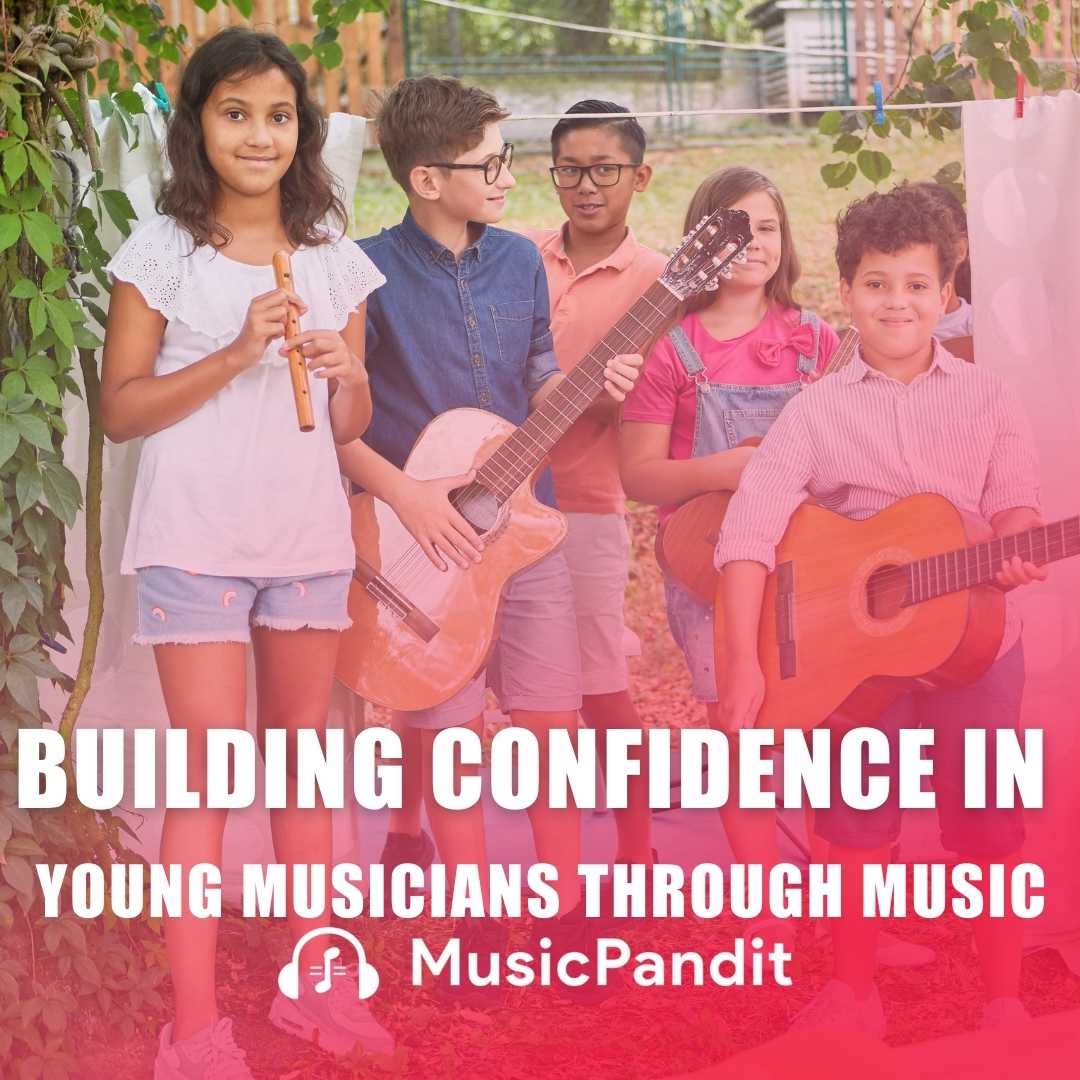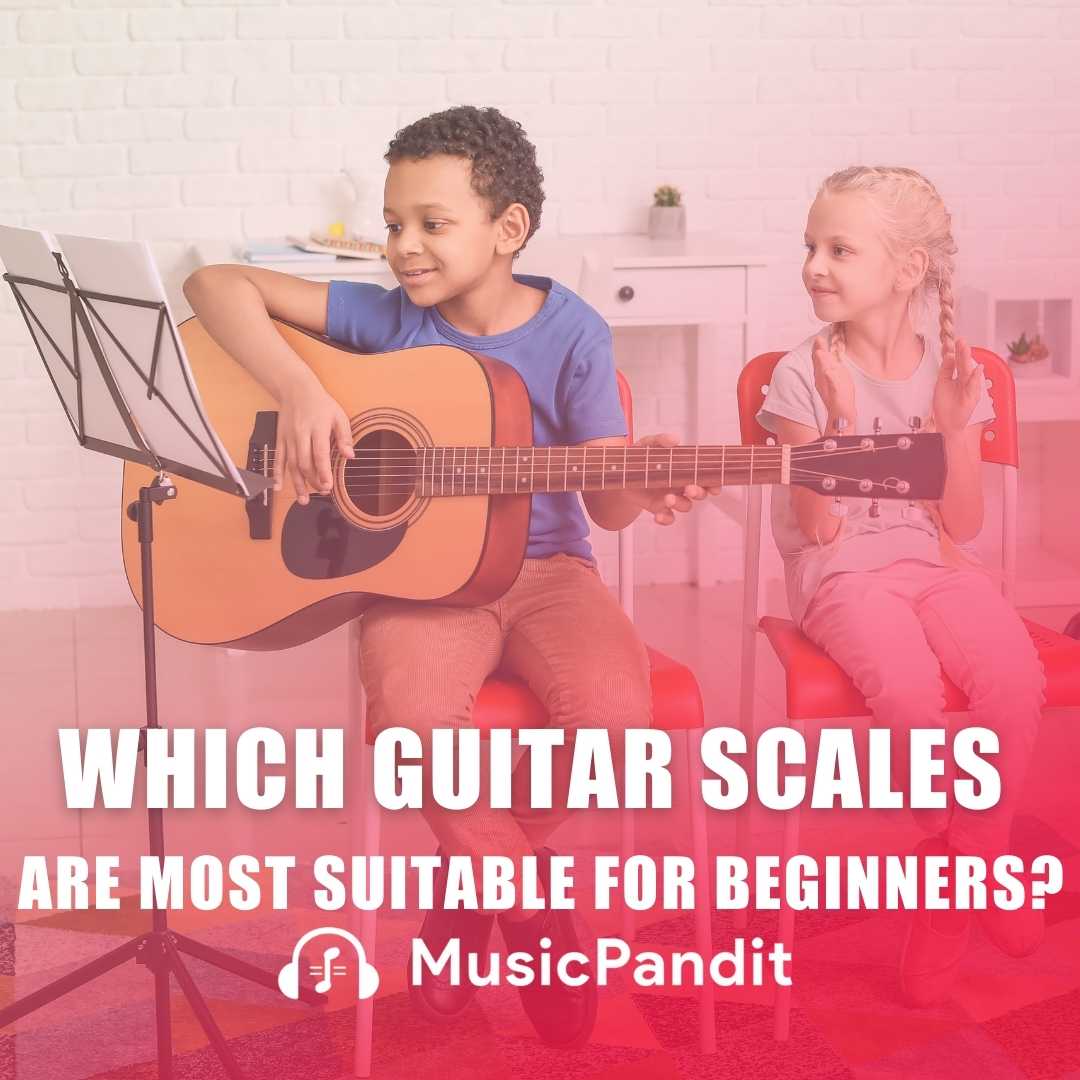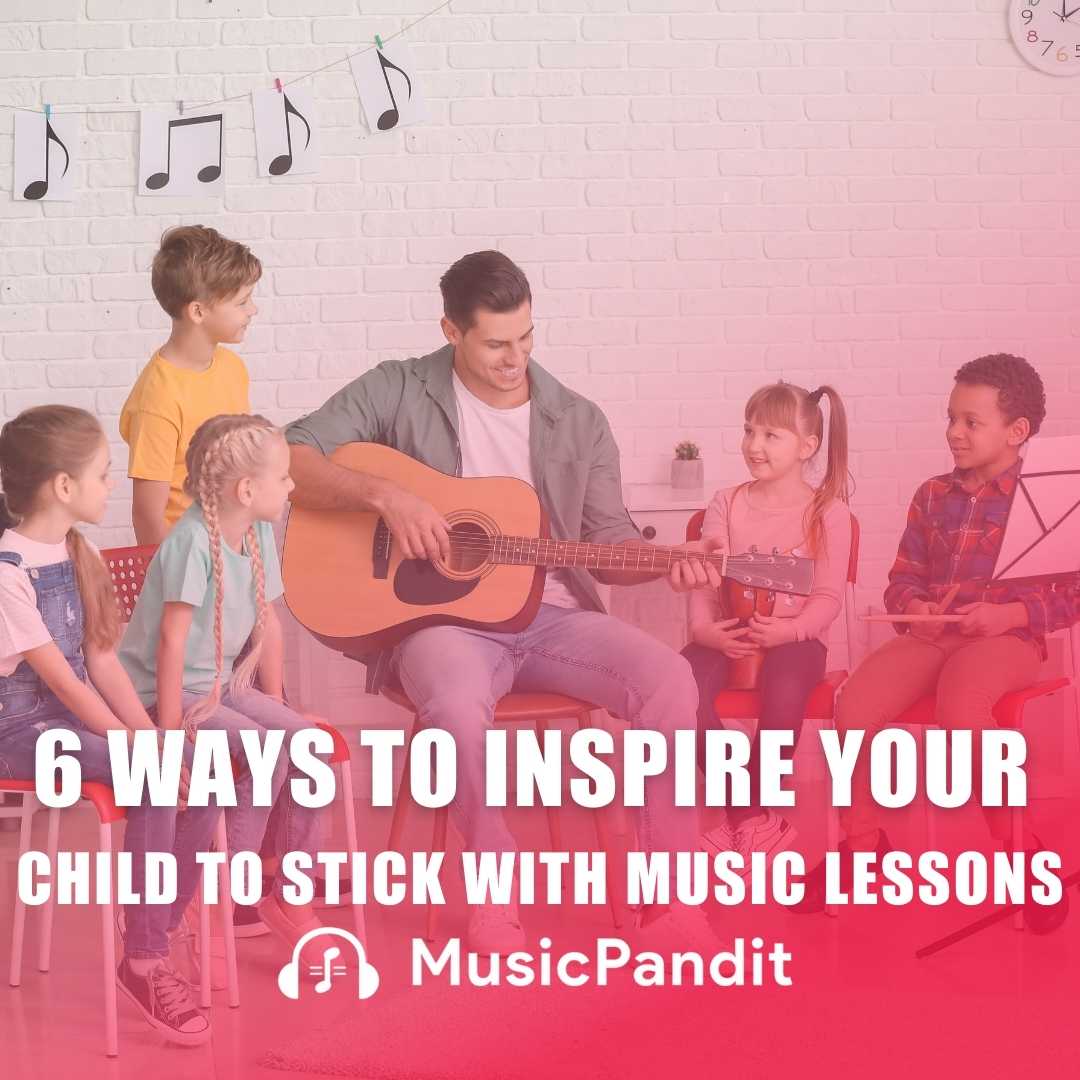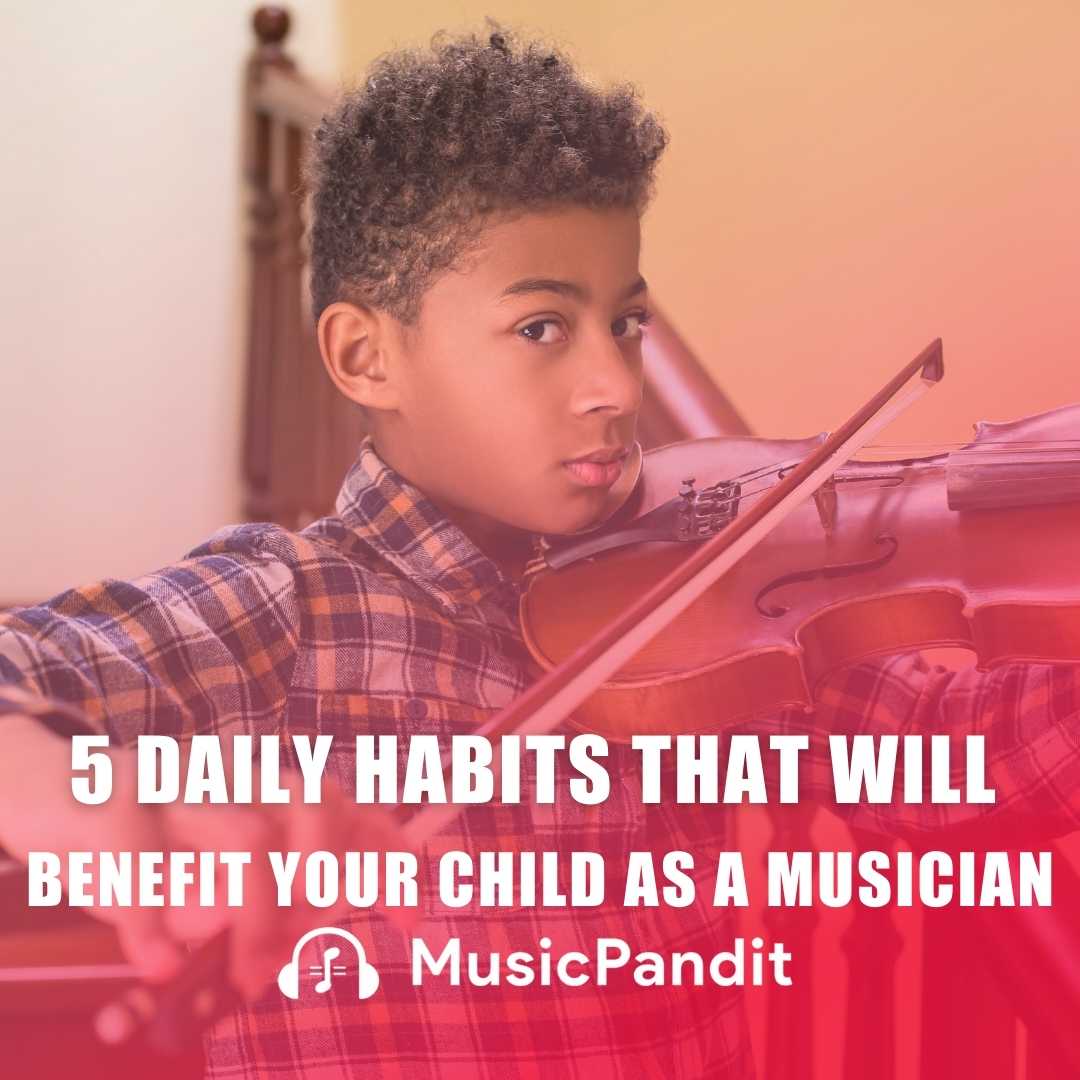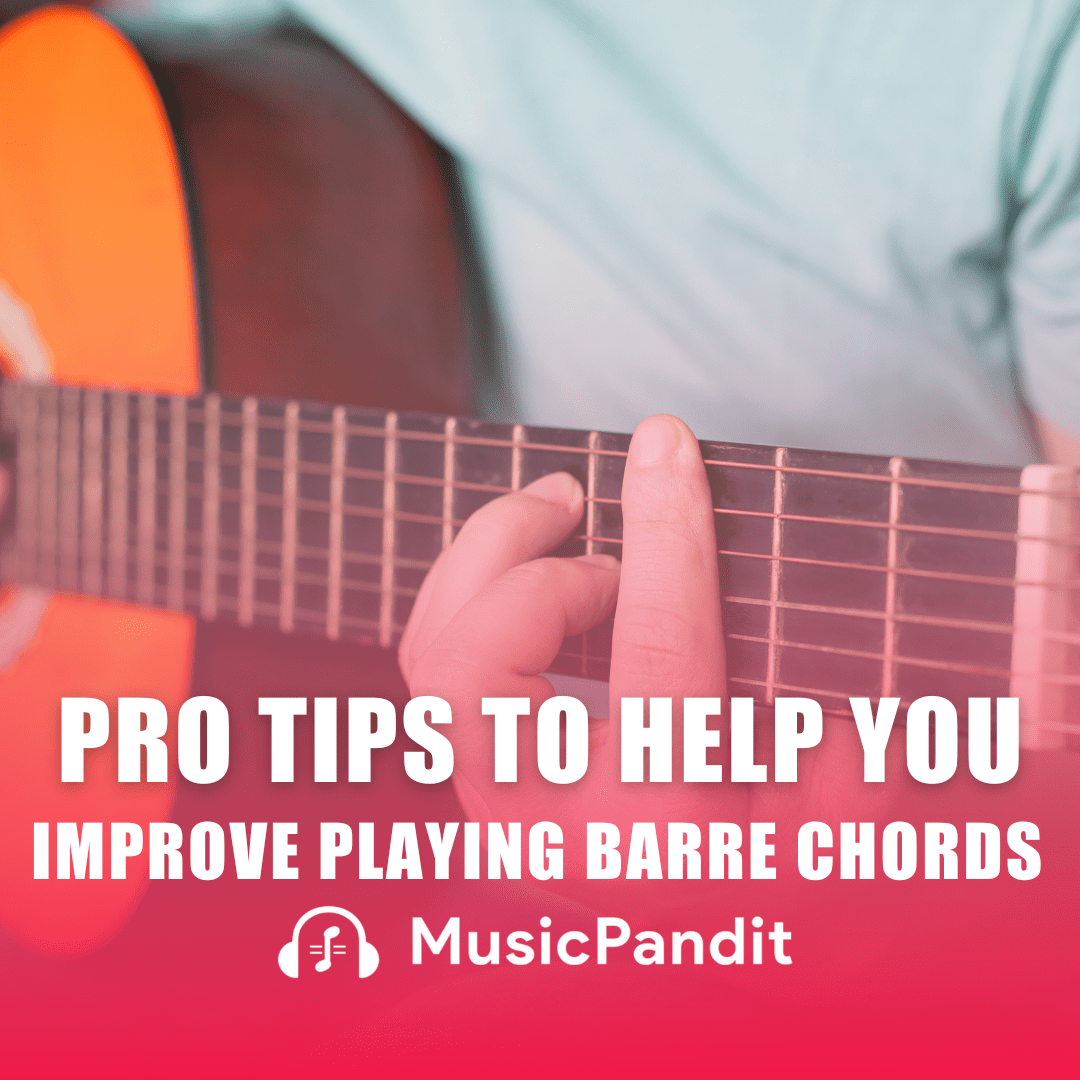In the vast symphony of musical expression, the role of vocal melody stands out as a powerful and emotive force that transcends genres and eras. Whether you’re a budding vocalist or an instrumental maestro, the study of vocal melody in music classes offers a unique opportunity to delve into the very soul of a song.
We will explore the distinctive aspects of vocal melody that are emphasised in music classes, shedding light on why this fundamental element is considered the heart of musical communication.
The Essence of Vocal Melody
At its core, vocal melody is the beautiful art of expressing emotions and thoughts through the human voice. Unlike instrumental melodies, vocal melodies have the innate ability to convey words and stories, making them a universal language that resonates with people across cultures. Music classes often emphasise the essence of vocal melody as it encapsulates the very heartbeat of a song, forming a connection between the artist and the listener.
Pitch and Intonation: The Foundation of Melodic Expression
One of the primary aspects of vocal melody that takes center stage in music classes is pitch. Pitch refers to the highness or lowness of a musical sound, and in vocal melody, it becomes a canvas for emotional expression. Music instructors guide students in honing their pitch accuracy and exploring the nuances of intonation, allowing them to convey a wide spectrum of emotions through the rise and fall of their vocal tones.
Understanding pitch also enables singers to navigate the intricacies of musical scales and modes, providing them with the tools to convey different moods and atmospheres. Through exercises and vocal warm-ups, students develop the ability to hit the right notes with precision, creating a foundation for a compelling vocal performance.
Related Article: Enhance Your Voice With These 5 Vocal Exercises
Phrasing: Sculpting Musical Sentences with Breath and Expression
In music classes, vocal melody is often dissected into phrases, akin to sentences in language. Phrasing involves the art of shaping musical ideas within a specific time frame, and it plays a crucial role in delivering a captivating vocal performance. Students learn to use breath control and dynamics to craft expressive phrases, allowing them to communicate the subtleties of a song’s narrative.
Phrasing is not merely about hitting the right notes but also about imbuing each note with emotion and intention. Through guided exercises and analysis of renowned vocal performances, students develop a keen sense of phrasing, enabling them to convey a story that resonates with the listener on a deep emotional level.
Diction and Pronunciation: Giving Words Wings
Unlike instrumental music, vocal melody carries the added responsibility of delivering lyrics with clarity and emotion. Music classes focus on diction and pronunciation as essential elements of vocal performance, ensuring that every word is conveyed with precision and meaning. Clear diction allows listeners to connect with the narrative of a song, making the lyrics an integral part of the overall musical experience.
Instructors guide students in refining their articulation, helping them strike a balance between clarity and emotional expression. Through exercises that target specific phonetic challenges, students develop the ability to enunciate words clearly while maintaining the musical flow of the melody.
Emotional Expression: The Heartbeat of Vocal Melody
Perhaps the most distinctive aspect of vocal melody emphasised in music classes is its unparalleled capacity for emotional expression. The human voice, with its infinite range of timbres and textures, becomes a conduit for conveying joy, sorrow, love, and a myriad of emotions that define the human experience.
Music instructors encourage students to tap into their own emotional reservoirs, infusing their vocal performances with authenticity and vulnerability. Through guided exercises and improvisational activities, students learn to channel their emotions into their singing, creating a powerful connection with their audience. This emphasis on emotional expression not only enhances the artistic quality of a performance but also fosters a deeper connection between the artist and the listener.
Interpretation and Style: Making a Melody Your Own
While music classes provide a foundation in technique and theory, they also encourage individuality and artistic interpretation. Vocal melody becomes a canvas for personal expression, allowing each singer to imbue a song with their unique style and personality. Instructors guide students in exploring different genres and interpreting melodies in a way that reflects their own musical identity.
This emphasis on interpretation goes beyond simply replicating a melody; it involves understanding the context of a song and infusing it with one’s own creative flair. Whether it’s a subtle vocal ornamentation, a unique phrasing choice, or an emotive vocal texture, students are encouraged to make each melody their own, contributing to the rich tapestry of musical diversity.
Conclusion
In the realm of music education, the study of vocal melody takes on a multifaceted role, encompassing technical proficiency, emotional expression, and individual interpretation. Music classes serve as a nurturing ground where aspiring vocalists cultivate the skills and insights necessary to become adept storytellers through their voices.
As we delve into the unique aspects of vocal melody emphasised in music classes, we discover that it goes beyond hitting the right notes; it’s about conveying the very essence of what it means to be human. From pitch and phrasing to diction and emotional expression, vocal melody becomes a vehicle for connecting with others on a profound level.
So, the next time you find yourself immersed in a melodic journey, whether as a student or a listener, remember that the magic lies not just in the notes themselves but in the genuine, heartfelt expression that vocal melody brings to the symphony of life.

